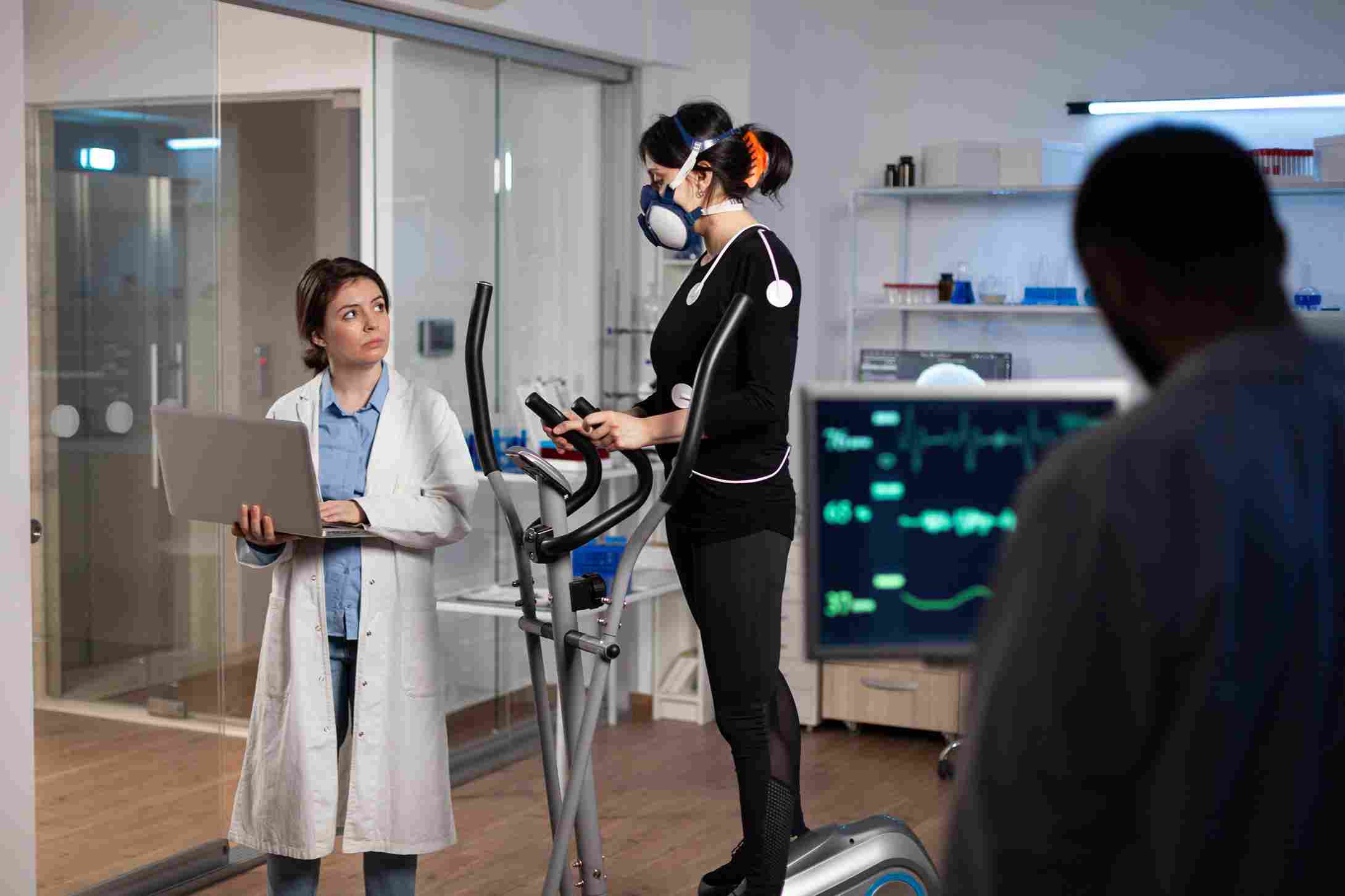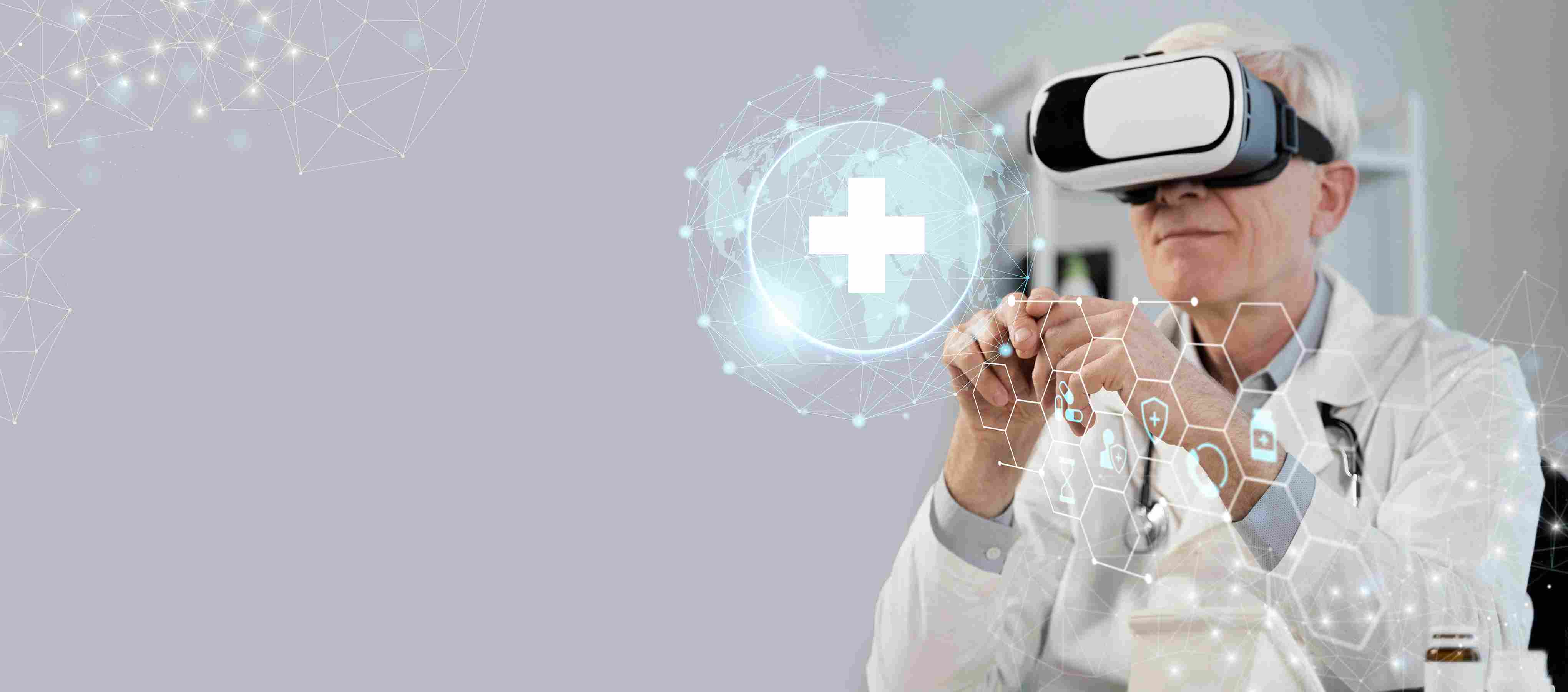
Healthcare institutions today are at the frontline of a data security battle. Imagine a busy hospital where an employee inadvertently clicks a phishing link, or a legacy IT system is breached—instantly, thousands of confidential patient records could be compromised. With nearly 30 million individuals affected by healthcare data breaches in the first half of 2025 alone, it’s no longer a question of “if” but “when” a healthcare organization will face a security challenge. For hospital administrators and IT leaders, robust access control is not merely a technical formality—it’s mission-critical for patient safety, trust, compliance, and operational excellence.
The Evolving Challenge: Why Access Control Matters More Than Ever
The digitization of healthcare—driven by electronic medical records (EMR), cloud-based hospital information systems, and telehealth—has brought clinical efficiency and data-driven care into sharp focus. However, the same technologies have multiplied the attack surface for cybercriminals and increased internal risks such as unauthorized access by staff or vendors. Key trends shaping access control in 2025 include:
- Surge in Cyber Threats: Healthcare is among the top targets for ransomware, phishing, and insider attacks.
- Complexity of Compliance: Regulations such as HIPAA, GDPR, and national health IT laws require stringent access management, auditability, and privacy-by-design.
- Workforce & Vendor Diversity: Frequent staff rotation, third-party vendors, and BYOD (bring your own device) policies increase the risk of privilege creep and unauthorized data access.

Education & Industry Best Practices: Foundations of Effective Access Control
Types of Access Control Models:
- Role-Based Access Control (RBAC): Assigns permissions based on staff roles, ensuring users access only what’s necessary for their job.
- Attribute-Based Access Control (ABAC): Leverages user attributes (role, location, time) for dynamic access decisions—useful for restricting data from offsite or outside working hours.
- Mandatory Access Control (MAC) & Discretionary Access Control (DAC): Enforce organization-wide or owner-set rules and policies for heightened data protection.
- Multi-Factor Authentication (MFA): Requires multiple authentication methods such as biometrics or OTPs to verify user identity and reduce breach risk.
- Access Control Lists (ACLs): Define explicit access permissions for users/groups to critical modules or data sets.
The Principle of Least Privilege:
Users should be granted the minimum access needed for their responsibilities and nothing more. Regular audits and access reviews are essential to reduce the risk of privilege misuse and insider threats.
Identity and Access Management (IAM) Technology:
IAM solutions, including single sign-on (SSO), eliminate password fatigue and streamline clinical workflows, improving compliance and user satisfaction.

Benefits of Robust Access Control for Healthcare Institutions
| Benefit | Impact on Care & Operations |
|---|---|
| Enhanced Security | Protects patient privacy, prevents breaches, and maintains institutional trust. |
| Operational Efficiency | Reduces IT administration time, enables rapid onboarding/offboarding, and improves clinician focus. |
| Regulatory Compliance | Ensures alignment with HIPAA, GDPR, and other data protection laws, avoiding legal penalties. |
| Improved Care Delivery | Enables providers to access the right information at the point of care, supporting safety and quality. |
| Data-Driven Decisions | Ensures data integrity and traceability, supporting analytics, research, and innovation. |
| Strengthened Collaboration | Allows secure, role-based access for staff, external vendors, and partners—empowering team-based care. |
Actionable Tips: Building an Access Control Program for 2025 and Beyond
- Start With a Policy: Develop a clear, comprehensive access control policy, specifying roles, responsibilities, and escalation workflows.
- Leverage RBAC/ABAC: Implement role- and attribute-based controls to tailor access and support dynamic healthcare environments.
- Enforce MFA & Strong Authentication: Use biometrics, smart cards, or OTPs for all employees and third-party users.
- Automate Identity Management: Deploy IAM/SSO tools to streamline onboarding, offboarding, and lifecycle management, reducing manual errors.
- Regularly Audit Access Rights: Conduct periodic reviews and audits to detect privilege creep, immediately removing unnecessary or stale access.
- Monitor & Log Every Access: Maintain thorough access logs for audit trails, enabling investigation and compliance reviews.
- Educate Staff Continuously: Train all staff on new threats (social engineering, phishing) and reinforce data privacy best practices.
- Vet Vendors Thoroughly: Ensure all third-party providers meet your security and compliance standards, and limit their access as needed.
- Plan for Physical Security: Restrict physical access to critical servers, data centers, and records storage.
- Future-Proof Your System: Choose access solutions that integrate with cloud, AI, IoT, and mobile health technologies to accommodate future needs.

The Human Element: Why Culture and Communication Matter in Access Control
Beyond sophisticated technologies and rigorous policies, the effectiveness of access control in healthcare hinges on the behaviors and values of the people within an organization. A culture that prioritizes security awareness transforms access management from a compliance checkbox into a shared responsibility. Leaders who visibly support best practices inspire staff at every level to follow suit. Communication plays a pivotal role—when expectations and reasons for access restrictions are clearly explained, staff are more likely to understand and embrace the protocols instead of viewing them as hindrances to their work.
Furthermore, transparent dialogues between clinical, administrative, and IT teams foster collaboration, helping to identify and resolve workflow bottlenecks early. When employees recognize how secure access contributes directly to patient trust, safety, and care quality, they become active participants in safeguarding sensitive data. In turn, this collective engagement not only helps prevent breaches, but also creates an environment where innovation flourishes: staff propose creative solutions, and decision-makers are empowered to invest in smarter, more adaptive technologies. Ultimately, strong access control is as much about people and communication as it is about systems and software, underscoring the need for ongoing education, open dialogue, and a unified commitment to security throughout the healthcare organization.
In a rapidly evolving landscape, secure access control is both the foundation and a continuous journey to protect patients, drive operational excellence, and meet compliance demands. SmartHMS and Solutions is committed to guiding healthcare organizations through these complexities, delivering secure, scalable, and future-ready hospital information systems.
Contact SmartHMS and Solutions today to explore how our comprehensive hospital management software can fortify your access control and empower your institution’s digital transformation.

